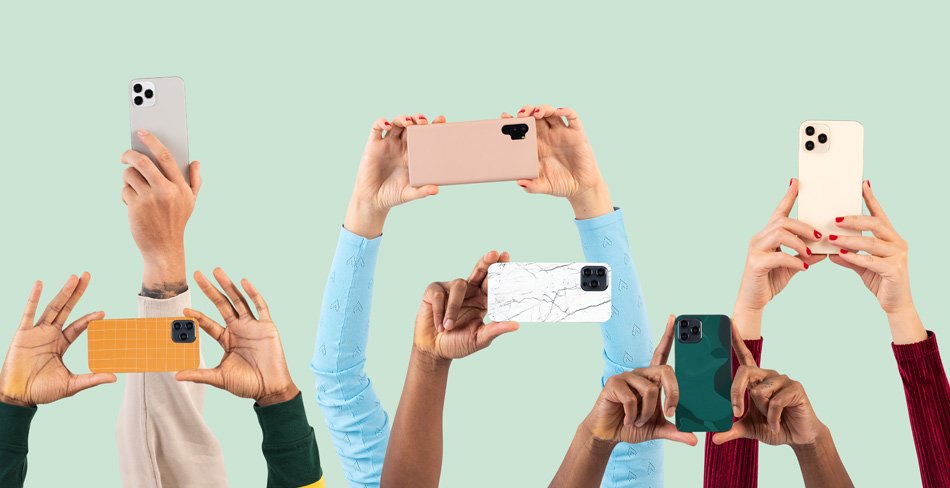The Smartphone Market in 2023
The smartphone market in 2023 has definitely had its lows and its highs. There’s a large proportion of companies who’ve just carried on doing their own thing, making slight, fairly unambitious improvements to what they know already works. But then, at the same time, we’ve also had both a couple of pretty major flops and some of the biggest game changers we’ve seen in years. New phones from emerging companies just coming in and dropping bombshells that we never saw coming. So, with all of this in mind, who makes the best phone for you and who’s made straight up the best phone of the year?
Please also read: Best Amazon Basics Truly Wireless Earbuds Under Rs 800 in India (2023)
The Best Foldable Phone: OnePlus Open
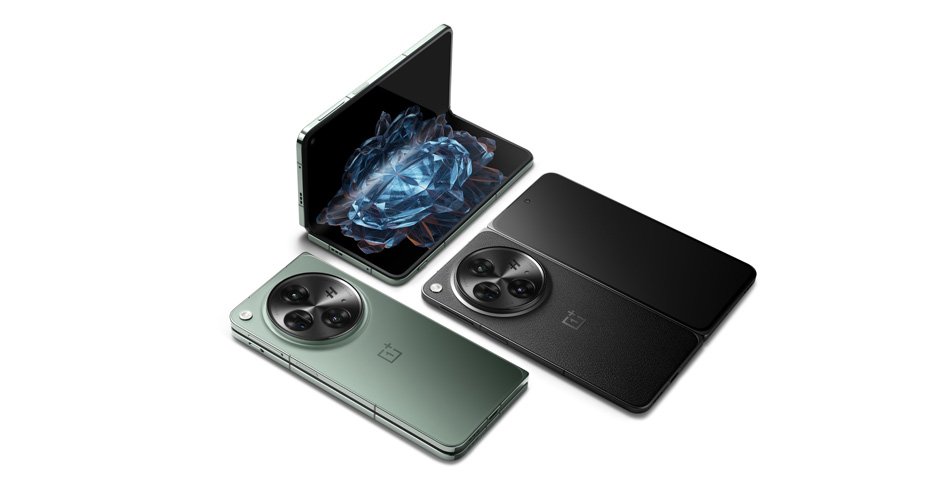
Let’s start with foldables because this is one of those markets where I do genuinely believe we have just witnessed a game changer. Samsung has basically been the winner by default for the last 5 years, being the only company to actually make a top-tier foldable that’s also globally available. And yeah, they are making good phones, but you can also definitely sense the complacency with how quickly the company’s foldables went from the future of computing with their first entry to “here’s a 4% better camera than the last foldable”. And also just how long it’s taken them to fix some of the fundamental issues with foldables, like the crease. For the longest time, Samsung has needed competition, and just now I’d say they finally got it in the form of the OnePlus Open. It has a more competitive price, better cameras, nicer construction, it’s got longer battery life, and most importantly, unique software that really makes the big screen useful. It’s the first-ever foldable to actually compete with Samsung and, in my opinion, genuinely just straight up come out on top. And thanks to OnePlus also being part of the same company as Oppo, they’ve managed to use both companies’ distribution networks to do that while also overcoming the hurdle that most foldables have failed at: making it internationally available. And that is why I’m giving it the award for the best foldable of 2023.
The Best Compact Phone: Sony Xperia 5 Mark 5
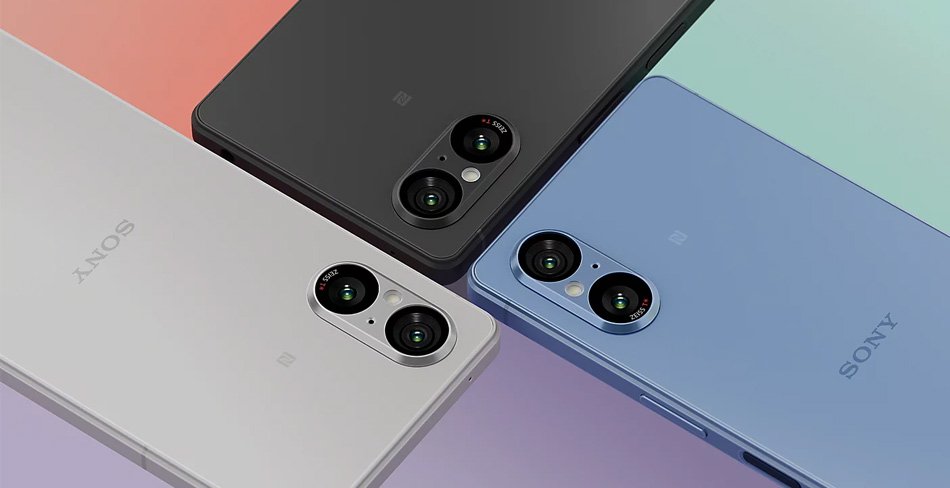
Now let’s talk about the best compact phone. For a few years now, I’ve been consistently giving this award to one company: Asus. They make this line of phones called the Zen phones, which are basically flagship specifications but bottled up into a body that’s a good 25% smaller. But this time around, while the latest Zen phone 10 is still a good phone, it has had a price increase from €700 to €800, and very little has been upgraded for it. It moves it to a tier where it’s basically competing directly with the likes of Samsung’s flagships, and I just don’t feel quite like the camera tuning or the software support is close to this level. So, what are your other options? Well, I’ve actually played around quite a lot with the base Galaxy S23, and I think this phone looks good, performs well, it’s a really great size, and the cameras are a lot better than the specs make them seem, thanks to Samsung’s tuning. It’s a very close second. But then, who takes it? Well, I genuinely think the best compact phone of 2023 belongs to none other than Sony, with the Xperia 5 Mark 5. The thing is really high spec. It’s got cameras that, so long as you’re willing to put a bit of time into learning how to properly use, have a really high ceiling. What I particularly appreciate is that its battery life is way longer than the Samsung’s. Like, it will literally still be on 30% by the time the Samsung runs out. And also, the ratio, the tall narrow ratio of this phone makes it feel way smaller than it actually is. This is comfy. What you won’t get is four full years of software upgrades like you do with the Samsung, but what you will get is a headphone jack, plus top shelf audio quality, a Micro SD card slot, and even a physical camera button, which is pretty fun. And this leads on quite smoothly into the best battery category, because, to be honest, it is so good here that you could well just call it the Xperia 5 Mark 5 again and leave it at that. But I’m instead going to hand it to a different Sony phone, the Xperia 10 Mark 5, simply because it keeps up one-to-one with the battery life of the 5 Mark 5, but instead of being a $1,000 phone, it’s a $400 phone. Now, obviously, other parts of the phone are scaled back because of that, like the camera’s a bit weaker and the screen’s a bit weaker. But it’s just the fact that you can have this option for insane battery life both in the flagship configuration and also in the mid-range configuration that is something that I want to see more of. And yes, the naming convention is incredibly poor. You should never have a situation where the 10 Mark 5 is lower end than the 5 Mark 5, and you really shouldn’t be calling phones 5 Mark 5 in the first place. But the products speak for themselves. So, good job, Sony. This one’s yours.
The Most Improved Phone: Motorola Edge 30 Ultra
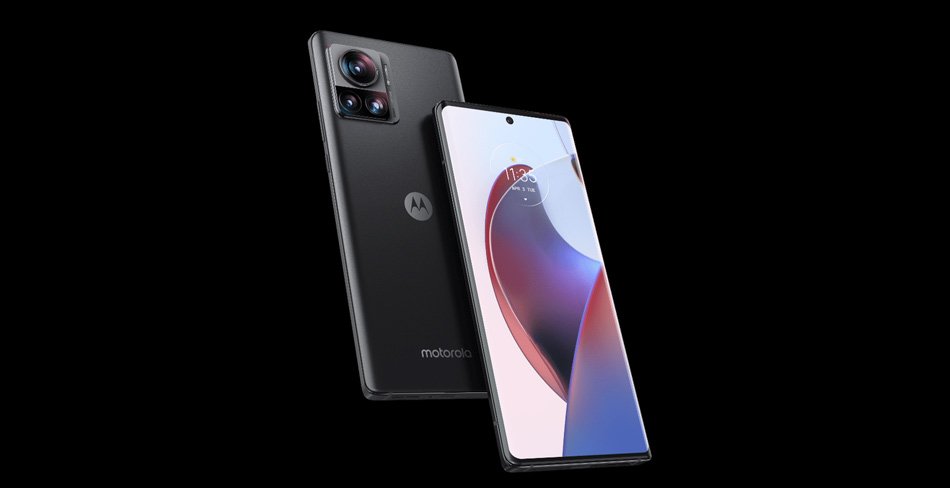
On the subject of less major companies who are managing to both keep up and sometimes even outdo the big players, I think it’s time we talk about the most improved phone of the year. And it’s not from Apple or Samsung. The big players, as a very general rule, they’re in a position where they’re already making great phones that are selling in large quantities. So, they’re in a position where they don’t really need to or particularly want to mix things up very much. But do you know who really did genuinely improve? Motorola. And I know it’s kind of weird to treat Motorola like a small player, given that they’re the makers of still, to this date, one of the best-selling phones of all time. But that time is not now. The company’s felt like they were past their peak and kind of ready to dip out of the market at any point for years now. That’s how I felt until I saw and used the Motorola Edge 30 Ultra. It’s got a 144 Hz refresh rate OLED screen, it’s got a 200-megapixel camera, a high-end Snapdragon chip, 125-watt turbocharging, the list goes on. But see, this is what I would also call the company’s first-ever ultra phone, and that’s normally red flags all around. Because, truth be told, it’s very hard to compete with the software support and the camera tuning and the battery optimization that companies like Samsung offer at that flagship price point. But I think Motorola is well aware of this, and what makes this such an interesting option is that they’ve priced the Edge 30 Ultra accordingly. While with most flagship phones you’d be expected to pay $1,000 to $1,200 for this, you can quite easily find it for $700, sometimes less. And that very much brings it into the picture. So, the most improved award goes to this unexpected champ. If Motorola can now just sort their camera image processing, they could kill it.
Best Gaming Phone: Asus ROG Phone 7
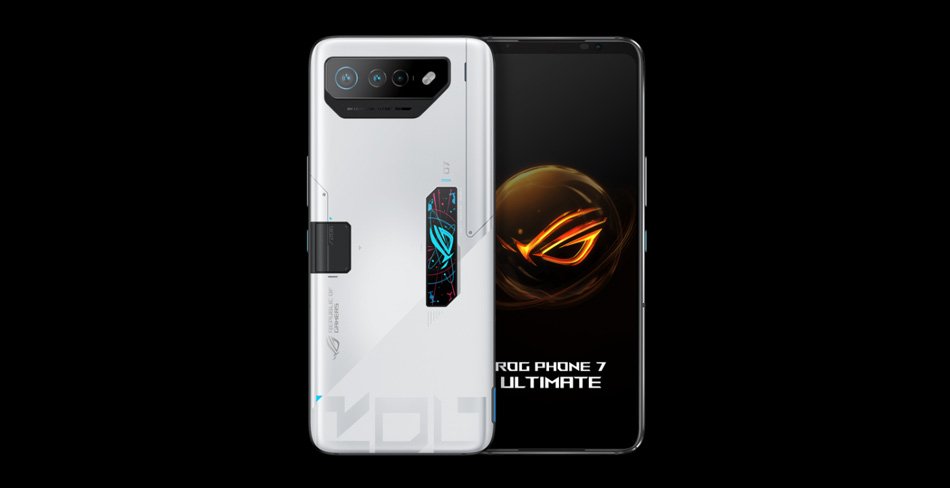
Now, let’s talk about the best gaming phone and the best camera. I can definitely feel the winds of change when it comes to gaming on a smartphone. It felt like the concept was massive in the early smartphone days, fueled by now. Then it petered out for a long time because mobile game companies realized they could earn more profit making games like Candy Crush instead of making games like Call of Duty. But that feels like it’s changing now that phones are reaching that critical mass of power to actually just be able to straight up play console games. It all of a sudden becomes very easy to bring actually good quality titles to phones because those games have already been made for other platforms. All of this is to say that there’s a pretty strong case for gaming phones right now. And if you’re in the market for one, I would say there are three top contenders: the Red Magic 8s Pro, which almost makes too much sense in a lot of ways because you’re essentially getting the most densely speced phone possible for an upper mid-range price. It’s just missing a few quality of life features like water resistance and wireless charging. But mostly, this whole invisible selfie camera thing, while it looks cool, it performs absolutely terribly. And so, that leaves us with Asus. Asus makes two gaming phones: the ROG Phone 7 and the ROG Phone 7 Ultimate, both with top-shelf performance, both with stupendous battery life, and also both with an ecosystem of accessories that genuinely makes them feel like a lot more than just a phone that can game. And you would think, “Well, if you’re going to go that extreme, you might as well just go all-in on the Ultimate.” But this is one of the few cases where that’s not the case. The Ultimate is over $200 more expensive than the base phone, for little things like a little vent at the back that opens to let air inside the phone and a second OLED rear display. It’s very cool, but it’s just like the last thing that I’d want to be wasting my battery on. Which leads us to the Gaming Phone of the Year, the Asus ROG Phone 7.
The Best Camera: iPhone 15 Pro Max
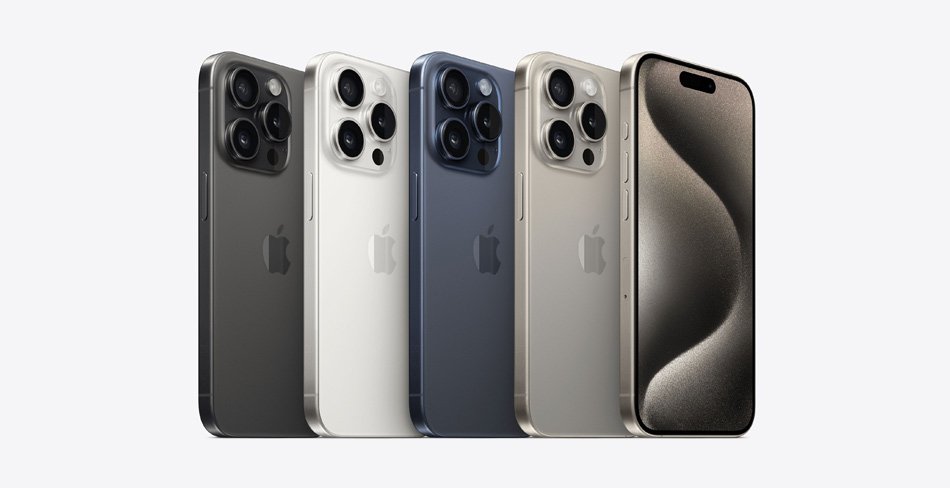
If I had to guess the single question that I get asked the most about phones these days, it’s not about gaming phones or compact phones or battery phones. It’s this: which phone currently has the best camera? It feels like that’s become the platform on which all of these companies are competing now. The boring answer is, it’s subjective. I know people who are really attached to iPhone cameras. I know people who swear by Samsung cameras. I know people who are still using Huaweis because they insist that it takes photos in the way that they like the most. So, me saying that one of them is just outright the best for you is a bit like me saying blue is better than orange, as true as that may be. But as for what’s been the best for me, it’s got to be the iPhone 15 Pro Max. And there are three reasons. One is that zoom has always felt like it’s been lacking on iPhones, and while this, well not the best zoom you can get, no longer makes me feel that way. The new five-times zoom camera has actually come in handy so much more than I expected it to. Whether I’m on a bullet train in Japan and I want to get a closeup of Mount Fuji, or I find a really interestingly lit alleyway and the five-times zoom allows someone on the other side of it to get this really cinematic closeup of me in it. The second thing is that it now shoots photos in 24 megapixels, as opposed to the base 12 that most phones shoot at. It doesn’t make the photos twice as good, and it is a bit of a bummer that social media programs like Twitter and Instagram compress your shots to the point where it doesn’t really matter when you’re just posting the raw photo you’ve taken. But the beauty comes with the ability to crop in, to centralize the subject, for example, after having taken the shot, without feeling like you’re giving up quality to do it. And then the third thing is this ability to convert any photo you’ve taken of a person into a portrait mode shot. Other phones can do this too, like you can do it on a Samsung. But from my experience, it’s not as good as it is here. And I use this so much now. Pretty much every photo I’ve taken of me that I’m proud of, I’ll test adding in the portrait effect, and 80% of the time, I keep it on.
Best Budget Phone: Poco X5 Pro
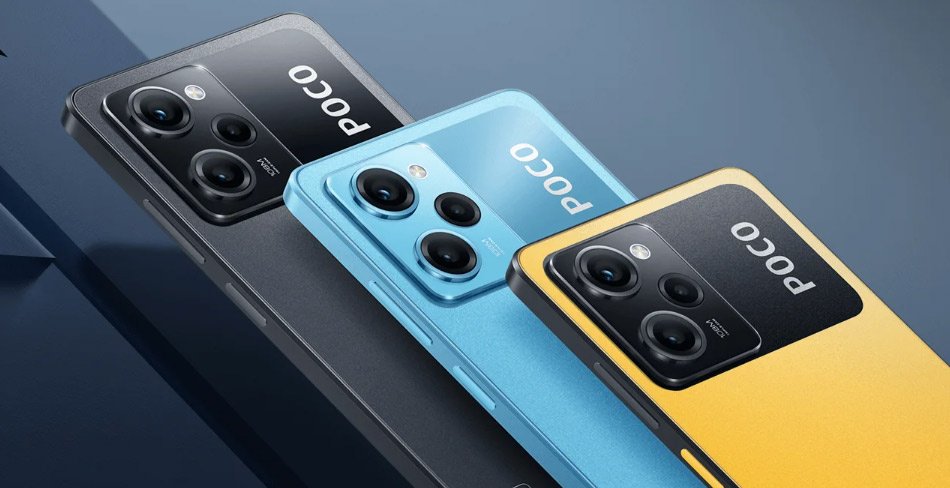
Now, let’s talk about budget phones. The things that I tend to look for are actually very different from those of more expensive offerings. You know how we talk about this idea nowadays that specs don’t matter, that everything’s a software battle? While that is very true at the upper end, on the lower end, specs are often the limiting factor. You need a certain level of hardware for the software to just be able to run with it. So, while with more expensive phones, I tend to weigh things like user experience and the level of bloatware and camera image processing, on the cheaper end, you basically just want to get as much good core hardware in place as possible. And there’s one phone that I feel like has picked the best things to prioritize here: the Poco X5 Pro. Things like the chipset, the Snapdragon 778G, which is really good for both performance and battery life. Things like the screen, which, honestly, for anyone but the most hardcore techies, will most likely feel flagship. Even the camera is a very respectable 108-megapixel sensor that, if someone handed to me and said, “Use this instead of your iPhone 15 Pro or your Samsung Galaxy S23 Ultra camera for a few weeks,” I would have no real issue with it because I know that with a very little bit of editing, I can get very close to the best phones out there. This is one thing that Xiaomi and their spin-off brands Redmi and Poco, they just do it right.
Best Mid-Range Phone: Xiaomi Redmi Note 13 Pro Plus
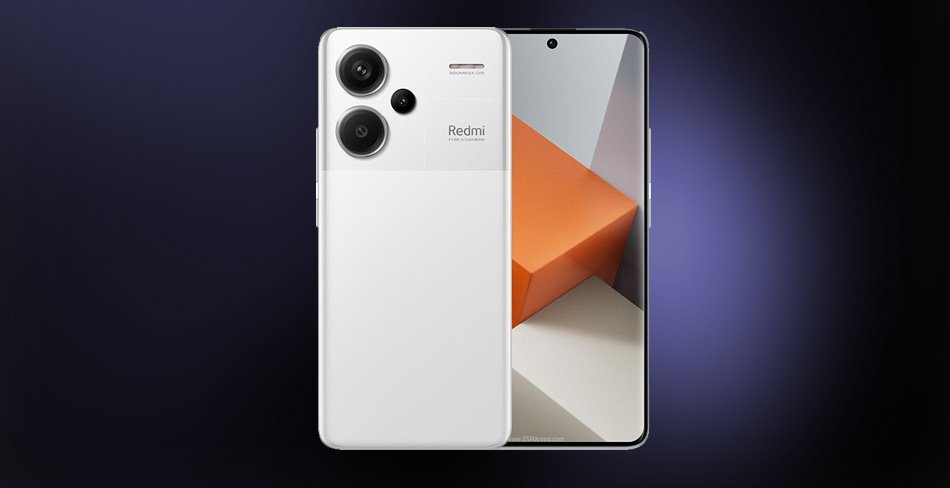
As you start to creep up to the mid-range category, you can be a little fussier. You can decide, “Well, you know what? I want my camera to have really powerful image processing, or I want my phone to have an aluminum frame instead of plastic, or wireless charging.” And the fact that all phones in this category tend to have those luxuries, it makes this one tougher. I was very strongly considering the Galaxy S23 FE, Samsung’s FE series in general. It seems that the company’s way of shifting the extra parts inventory they have, because they’re always a bit of a mishmash of parts seen in previous phones. And usually, that’s fine. I mean, in a lot of ways, the S23 FE is like the normal S23 but just with a much larger battery. The problem, though, in this case, is the chip. Instead of shipping the phone with something fairly current, they’ve decided to ship it with the Exynos 2200, which is a nearly 2-year-old chip that was still not the fastest or most efficient chip even then. And when you’re charging $600, it doesn’t feel like that instant recommend that some past FE phones have been. The Galaxy A54 is really good too. It’s a tier below, but it’s arguably much better value for money because it is significantly cheaper. Well, you know what? I really liked the Nothing Phone 2. I was so close to giving the award to this phone because it’s just a cool phone with really subtle, thoughtful design choices, like the beautiful animations, the way the Glyph interface allows you to tune out of your digital life for a bit, the completely even screen borders all around, all without sacrificing on the specs. The only reason I didn’t pick it is because I think the winner of this category is even better value. This is Xiaomi’s Redmi Note 13 Pro Plus, which is actually just crazy. But unfortunately, it hasn’t launched internationally yet, so it’s out of the picture for now. Just because they haven’t launched internationally yet. And finally, the base Google Pixel. Flagships usually also have a space here, but the price hike they’ve had this year has kind of pushed the base Pixel 8 out of what I would call mid-range territory. Which leaves us with the winning phone, the Pixel 7a. And holding it like this reminds me how cool these crystallized trophies are because you can actually see both the home screen and through them to the back of the phone. Sure, there are a couple of slight caveats, like the charging is a bit slow. But largely speaking, this phone, when you’re using it day-to-day, it feels like it has no weak link. It takes awesome photos, it has full access to the Google Pixel editing suite, which is world-class. Good stereo speakers, up-to-date ports and connectivity. And the best part is the price. The phone launched at $500, at which point I’d probably just veer towards the Nothing Phone. But the thing with Pixels, which is usually a bad thing but in this case kind of has a silver lining, is that the price falls very quickly. So I’ve seen these things now for closer to $400, with the Pixel earphones included, and closer to $350 without. And at that price, this, this is just so much phone for the money. And very deserving of mid-range phone of the year.
The Losers: iPhone SE and Google Pixel Fold
Now, let’s talk about the losers. There are two phones that we’re going to be handing out the Wooden Spoon Awards to. The first is the iPhone SE. While this phone wasn’t technically launched this year, the way Apple works, it’s still very much part of their current lineup. Like, it hasn’t been replaced, and it’s still being sold for that full-fat $429 price point that it launched at. It’s got an older chipset, a weaker camera, very poor screen and battery. I don’t think there’s a person on this planet for which this, at its current price, is actually the right phone for. And then the second award goes to the Google Pixel Fold. I should be clear here, I’m glad that Google entered this space, and the Pixel Fold also does some really good, useful, innovative things on the software end. But the hardware, it’s just not it. When you pull up what Samsung’s current foldables look like or the OnePlus Open, this genuinely looks like some shelved prototype from 5 years ago that got accidentally released. Like, those bezels and that crease, for this price, is quite disappointing. I think this phone exists more as a proof of concept, a way to show other Android makers how to make foldable software, as opposed to a consumer product that’s actually competitive and viable. It just doesn’t sit quite right with me that for the price of one of these, you can literally get yourself like 6 and a half Poco X5 Pros. Anyways, now onto the winner. What is the best flagship phone of the year 2023?
The Best Flagship Phone: Samsung Galaxy S23 Ultra
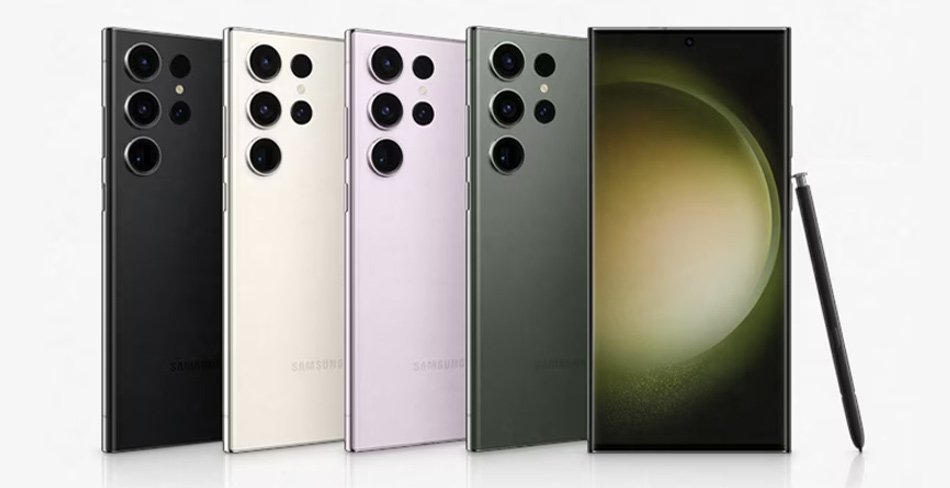
So many of the Chinese companies have struggled to break into the Western markets to the point where some of them now they’re actively pulling out. And actually trying to get one in a way that doesn’t involve just eBay-ing it and potentially losing your warranty is starting to become a bit of a chore. Obviously, there’s the whole Huawei situation, and for most people, those phones are completely off the table. But also now, Vivo is really hard to get. Oppo’s latest flagship, loved this phone, I think it’s so stylish and the camera was awesome, they had, unlike last year’s, no European launch. This is China-only. And the other day, I was even looking up Xiaomi. We covered their 13 Ultra earlier this year, and I love that phone. But does the UK store actually sell it? No, you can buy the 13, you can buy the 13 Pro, you can’t actually buy the Ultra.
I guess they just decided it wasn’t worth it for them to release it here. But then it gets even more difficult because as a tech person, I’m fully aware that a couple of months ago, this company announced their next-gen Xiaomi 14 series of phones. But because the Western markets have been such a challenge for them, they’ve developed this sort of dual launch strategy where China gets it at one point, and then the Western market gets it four months later. And so, in the UK and many parts of the world, Xiaomi genuinely acts like this next-gen 14 does not exist. Whereas me knowing the 14 exists and having seen the potential improvements it can bring would find it quite strange to now recommend you buy the 13. What I’m trying to get to is that in Western markets, at least, it kind of feels like the number of viable options is drying up. And what you’re left with, if you actually want a full warranty and you want to buy a phone from a company that actually has a physical presence, is Apple, Samsung, and in some places, the Google Pixel. While that is sad, since I do think companies like Xiaomi and Vivo and Huawei are driving a lot of the hardware innovation right now, it’s also not like we’re missing all the best options, because honestly, the Samsung Galaxy S23 Ultra is, for the most part, a masterclass. It’s probably the biggest box-ticker to ever exist. You want lots of cameras and lots of good cameras? Check. You want a top-of-the-line screen? Check. You want continuous software support? Check. You want to be able to customize it to your heart’s content? Check. Honestly, I’ve only just recently delved into the Samsung Good Lock Suite of apps, and the options it gives you are genuinely staggering. My only complaint is the graininess that you can get in video as you start to get into lower light. But even with that, I do think the S23 Ultra does enough right to earn itself the title of smartphone of the year. But it doesn’t sit there on its own. There’s one more phone: the iPhone 15 Pro Max. It also deserves to share this position, mostly for the camera improvements we talked about earlier. I literally notice them every single time I hit that shutter button. But also, the better battery versus the 14 and the USB-C, which gives me one less cable to worry about. And, before you think about switching phones, I want to show you why I recommend you switch your browser to Opera. Now, this is a sponsor, but Opera has basically said to me, “We have no requirements, just tell people what you legitimately think.” So, here’s the crux of it. Every time I open the Opera browser, I feel like I have a co-pilot working with me, in a metaphorical sense. In that, it’s got the tools to be able to make it work around you. Like, for example, it’s got collapsible tab islands if you want to be ultra-organized. But then, even if you want to use none of that fanciness, you can customize it to a level where you can make it the most beautiful, streamlined browser there is. But then, this co-pilot exists in a very literal sense, with Opera’s own AI baked inside. You want a summary of the web page you’re on? That’s, like, two clicks away. You want to be able to ask it a quick question and not have to Google it and then scrub through articles? It’s right there. And I know it can seem like a massive faff to switch browsers, but Opera can literally import your old browser settings in like a minute. So, link in the description below to get it now.


